Saint Patrick
English club this week started with a presentation on St. Patrick's Day (March 17th). The presentation included the history of St. Patrick, the holiday and the symbols of the holiday and of Ireland. Hopefully inspired by the holiday, the participants were to, in groups, come up with a holiday that represents Ukraine. This would be a holiday celebrated around the world. Participants decided the name of the holiday, the date, and what foods and clothing would be a part of the celebration. We had "Sun Day" where people would wear yellow dresses (men and women alike), it would take place on May 1st beginning at sunrise and would be a day of eating pancakes, drinking kvas and celebrating in the street. We had two groups suggest Ivan Kupala as the basis of the holiday to be celebrated on July 7. People would wear traditional traditional flowered headbands, jump over bonfires and celebrate together.
Additionally, we discussed six English idioms involving the word green: green with envy, green thumb, green-eyed monster, get the green light, greenhorn and green around the gills. These idioms were matched with their definitions, respectively: to be jealous, to be good in the garden, to be overcome with envy, to get permission for a project, to be new at something, to be ill/looking pale. Participants then used the idioms in sentences to better understand their use.
Finally, as we had some time left, small talk subjects were handed to each group and many small conversations ensued.
Saint Patrick's Day is observed on March 17, the date of Patrick's death. It is celebrated both inside and outside Ireland, as both a liturgical and non-liturgical holiday. In the dioceses of Ireland, it is both a solemnity and a holy day of obligation; and, outside Ireland, it can be a celebration of Ireland itself.
Patrick was born in Roman Britain at Banna Venta Berniae, a location otherwise unknown, though identified in one tradition as Glannoventa, modern Ravenglass in Cumbria. Calpornius, his father, was a deacon, his grandfather Potitus, a priest. When he was about sixteen, he was captured and carried off as a slave to Ireland. Patrick worked as a herdsman, remaining a captive for six years. He writes that his faith grew in captivity, and that he prayed daily. After six years he heard a voice telling him that he would soon go home, and then that his ship was ready. Fleeing his master, he travelled to a port, two hundred miles away he says, where he found a ship and, after various adventures, returned home to his family, now in his early twenties.
Patrick recounts that he had a vision a few years after returning home:
I saw a man coming, as it were from Ireland. His name was Victoricus, and he carried many letters, and he gave me one of them. I read the heading: "The Voice of the Irish". As I began the letter, I imagined in that moment that I heard the voice of those very people who were near the wood of Foclut, which is beside the western sea—and they cried out, as with one voice: "We appeal to you, holy servant boy, to come and walk among us.
There are a lot of places in the world that are associated with Saint Patrick. For example: a)Slemish, County Antrim and Killala Bay, County Mayo - when captured by raiders, there are two theories as to where Patrick was enslaved. One theory is that he herded sheep in the countryside around Slemish. Another theory is that Patrick herded sheep near Killala Bay, at a place called Fochill.
b) Saul, County Down (from Irish: Sabhall Phádraig, meaning "Patrick's barn")- It is claimed that Patrick founded his first church in a barn at Saul, which was donated to him by a local chieftain called Dichu. It is also claimed that Patrick died at Saul or was brought there between his death and burial. Nearby, on the crest of Slieve Patrick, is a huge statue of Saint Patrick with bronze panels showing scenes from his life.
c) Hill of Slane, County Meath - Muirchu moccu Machtheni, in his highly mythologized 7th century Life of Patrick, says that Patrick lit a Paschal fire on this hilltop in 433 CE in defiance of High King Laoire. The story says that the fire could not be doused by anyone but Patrick, and it was here that he explained the holy trinity using the shamrock.
d) Croagh Patrick, County Mayo (from Irish: Cruach Phádraig, meaning "Patrick's stack") - It is claimed that Patrick climbed this mountain and fasted on its summit for the forty days of Lent. Croagh Patrick draws thousands of pilgrims who make the trek to the top on the last Sunday in July.








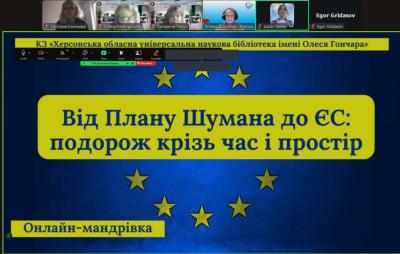
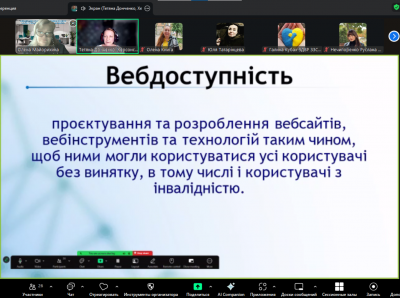
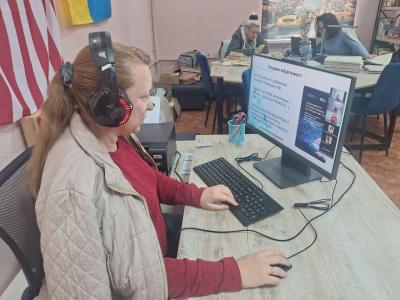

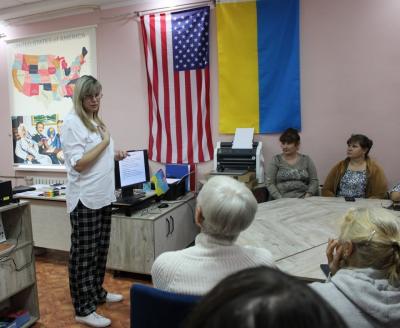

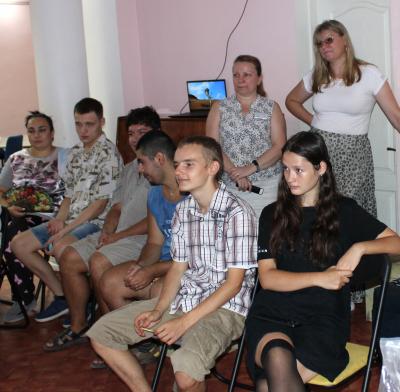
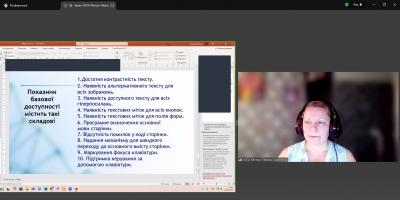

Comments